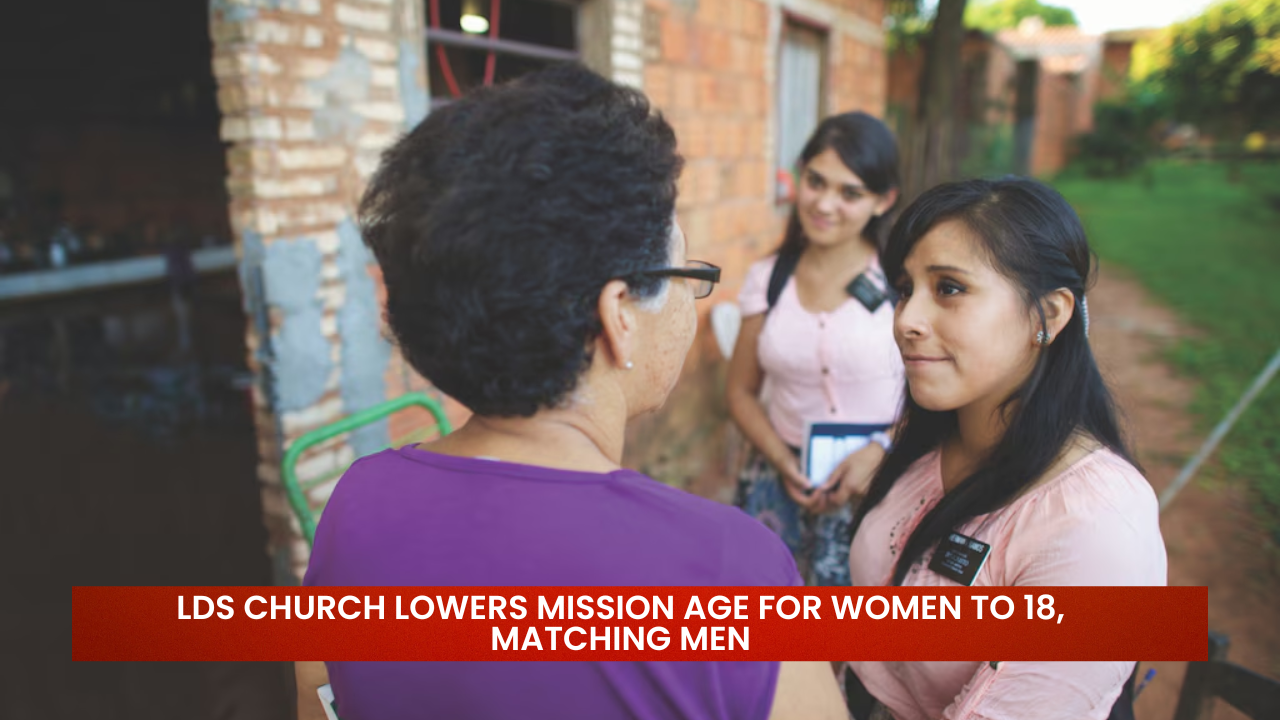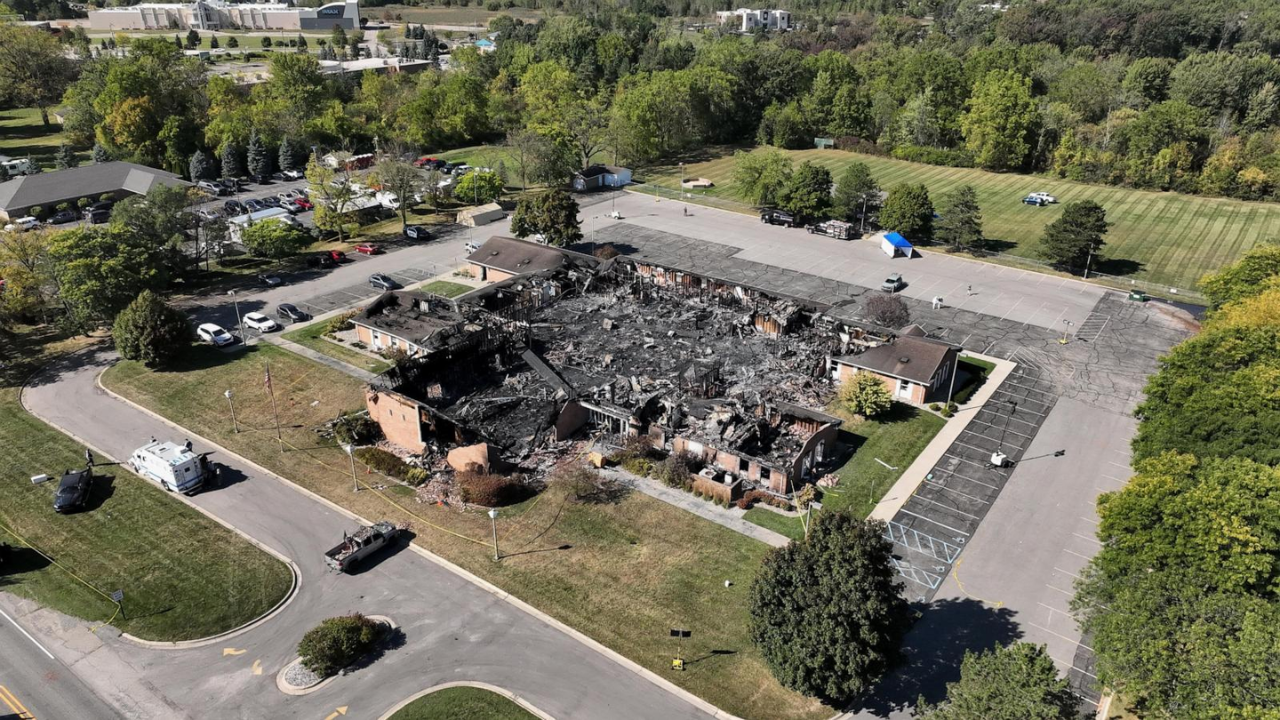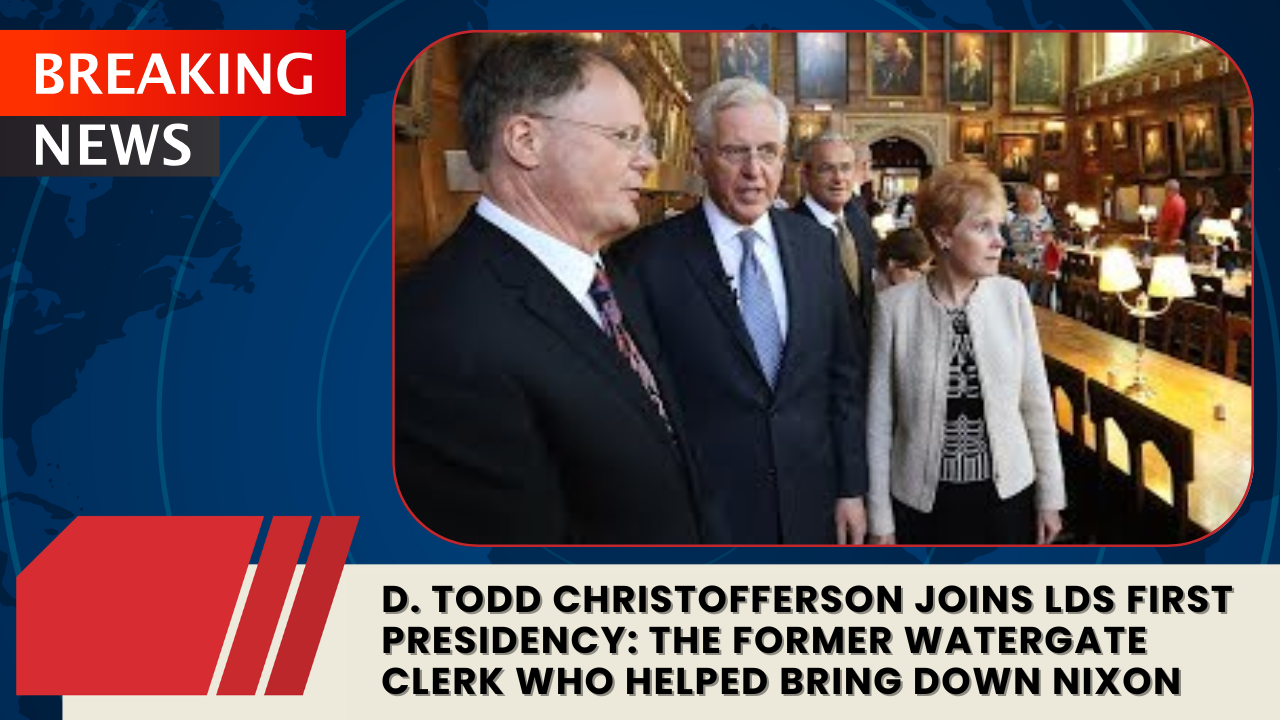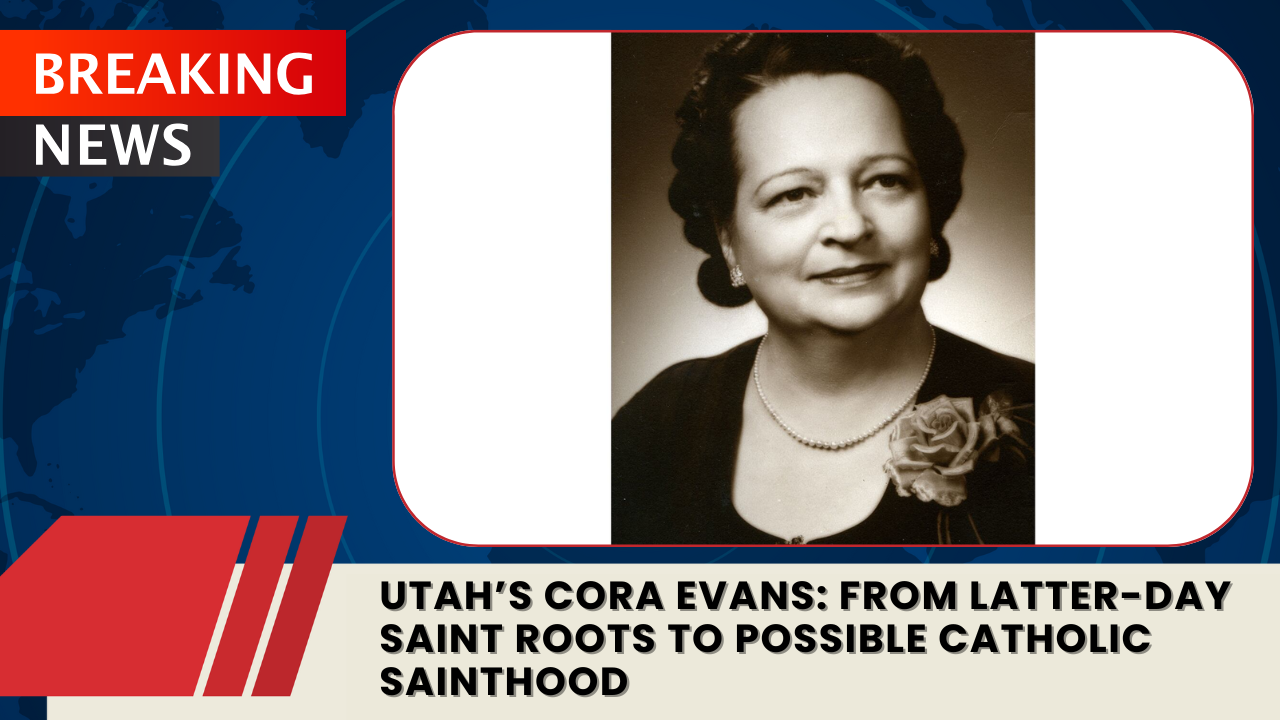A policy change allowing women in The Church of Jesus Christ of Latter-day Saints to serve missions at age 18 instead of 19 may reshape college enrollment patterns, academic outcomes and perceptions of gender equality within the faith.
Church President Dallin H. Oaks and his First Presidency counselors, apostles Henry B. Eyring and D. Todd Christofferson, announced the adjustment just weeks after Oaks stated the faith had work remaining in utilizing the qualifications and powers of its female members.
Young women can now enter missionary service at the same age as their male counterparts, eliminating a gap that many viewed as unnecessary and potentially problematic for educational and career planning.
Removing Barriers to Mission Service
The policy change addresses a longstanding frustration among young women who felt the age disparity lacked clear justification. Becca Ferguson, a 21-year-old student at church-owned Brigham Young University and returned missionary, expressed confusion about the previous requirement that women wait longer than men.
The announcement maintains certain differences between male and female missionary experiences. The official news release emphasized that missions remain optional for young women, while men continue facing strong encouragement to serve. Service lengths also remain unchanged at 18 months for women and two years for men.
Despite these continuing distinctions, scholars and commentators who study women’s roles in the faith believe the change carries significant symbolic and practical importance. The adjustment signals evolving perspectives on female contributions to the global religious community.
Neylan McBaine, author of a book examining women’s local impact in the church, suggested the change appears to diminish concerns about romantic relationships developing between male and female missionaries during service, a longstanding argument some members cited to justify the age gap.
The policy shift places women on more equal footing with men regarding ecclesiastical and proselytizing responsibilities, according to McBaine. This represents meaningful progress toward recognizing female members’ capabilities in leadership and teaching roles.
Ashlee Paulsen, an 18-year-old BYU student, expressed relief about the change after years of viewing the age disparity as unfair. Her sentiment reflects broader feelings among young women who questioned why they faced different requirements than their male peers.
Cultural and Symbolic Significance
Amy Watkins Jensen, who manages a social media account highlighting women’s visibility in church settings, characterized any movement toward more egalitarian practices as beneficial for both young women and overall church culture. She pointed to Oaks’ recent comments about women as evidence of serious commitment to addressing gender-related concerns.
Jensen launched her social media presence after women leaders were removed from prominent seating at worship services in California’s Bay Area, an incident that sparked discussions about female visibility and recognition within the faith.
The policy adjustment also addresses practical challenges beyond symbolic equality. The elimination of the yearlong gap between high school graduation and missionary service removes what observers universally identified as a significant barrier to female participation.
Vinna Chowriamah, a church convert from Mauritius, explained that the change holds particular relevance for young women in regions where finding employment during a waiting period proves more challenging than in areas like Utah’s Wasatch Front.
Many young women previously started college while attempting to determine optimal mission timing, creating unnecessarily complicated educational planning. This adjustment affects not only North American youth but 18-year-olds globally who face varying economic and educational circumstances.
Returned missionaries can benefit from a 25 percent discount with BYU-Pathway Worldwide, the church’s online education program designed for students outside the United States. This financial incentive becomes more accessible when the path to mission service involves fewer obstacles.
Academic Benefits of Mission Experience
Susan Madsen, a Utah State University professor and founding director of the Utah Women & Leadership Project, emphasized that returned missionaries consistently demonstrate improved academic performance regardless of specific educational benefits they might claim.
Madsen observed that missionaries typically experience better freshman and sophomore years due to increased maturity, enhanced study skills and improved learning capabilities developed during their service. She has witnessed these patterns both anecdotally among her students and through research data.
A 2023 study by BYU researchers found that women who struggled academically before missions tended to perform better upon return. These students also gravitated toward majors offering greater earning potential, suggesting mission experience influences career trajectory decisions.
Madsen anticipates more young women will embrace the opportunity to serve now that the waiting period has been eliminated. She characterized missions as intensive leadership and human development experiences that provide unique growth opportunities unavailable through traditional educational paths.
However, Madsen does not expect the policy change to affect marriage ages, marriage rates or birthrates among church members. Her reasoning centers on timing patterns that have shifted significantly in recent decades.
Utah women no longer marry at 18 or 19 as they did in previous generations, instead waiting until a median age of 25. This later marriage trend appears independent of mission service timing, suggesting the age adjustment will not reverse broader demographic patterns.
Potential Impact on College Enrollment
If eliminating the gap year translates into increased female missionary participation, Utah universities could experience noticeable effects on enrollment patterns. Schools with predominantly Latter-day Saint student bodies, including BYU-Idaho and BYU-Hawaii, face similar potential impacts.
BYU spokesperson Audrey Perry Martin declined to project specific enrollment effects, stating only that the flagship institution stands ready to support students embracing the announcement. This cautious response likely reflects uncertainty about how many additional women will choose to serve.
Utah Valley University spokesperson Sharon Turner offered similar comments, emphasizing the Orem school’s history of supporting members who choose missionary service. She encouraged students considering missions to connect with the Student Success Center to learn about leave-of-absence policies.
Utah State University spokesperson Amanda DeRito predicted a temporary enrollment decline for fall 2026. The Logan campus has already received dozens of calls from prospective students requesting enrollment deferrals to accommodate mission plans.
The previous missionary age reduction in 2012, when the requirement dropped from 21 to 19 for women and 19 to 18 for men, provides some historical context for potential effects. DeRito noted that Utah State experienced a noticeable decline lasting approximately 18 months following that announcement.
BYU saw a 10 percent enrollment drop around the same period, though numbers recovered by 2016. The 2012 change produced a surge in missionary participation that elevated overall numbers beyond previous levels.
Excluding the COVID-19 pandemic period, missionary numbers have remained elevated compared to pre-2012 figures. Latest statistics place the global missionary force above 84,000 individuals, prompting the church to announce nearly 100 new missions since 2023, including 55 scheduled to begin next year.
Whether a one-year age reduction produces similar participation increases compared to the three-year and two-year reductions implemented in 2012 remains uncertain. The smaller adjustment may generate proportionally smaller effects, or it may remove the final barrier preventing many women from serving.
Student Reactions and Planning Changes
Some young women are already reconsidering their plans in light of the announcement. Emma Olsen, a 17-year-old BYU student who graduated high school early, described herself as previously uncertain about serving when doing so required waiting a year and a half.
With that obstacle removed, Olsen now thinks she will pursue missionary service. Her changed perspective illustrates how the waiting period functioned as a deterrent even for young women generally favorable toward serving.
Kate Behrmann, an 18-year-old BYU student turning 19 in summer, reported thinking extensively about mission service and feeling empowered to make the decision now rather than navigating complex timing considerations.
Not all students anticipate changing their plans. Hayley Stuckey, also 18 and attending BYU, does not expect the announcement to alter her trajectory, though she expressed enthusiasm for current high school seniors who gain immediate eligibility.
These varied responses suggest the policy change will affect different individuals differently based on their circumstances, educational goals and personal feelings about missionary service. The common thread involves increased flexibility and reduced logistical complications.
Broader Implications for Women’s Roles
The missionary age adjustment represents one element of ongoing discussions about women’s participation and recognition within the faith. Recent years have witnessed various policy modifications affecting female members, from changes in temple worship practices to expanded leadership opportunities.
Church leaders have emphasized their commitment to utilizing women’s talents and capabilities more fully while maintaining theological positions about priesthood authority and organizational structure. These parallel commitments create tension that leadership seeks to navigate through incremental policy adjustments.
The missionary age change falls into this category of modifications that expand opportunities without altering fundamental doctrinal positions. Women still serve shorter missions than men and face less pressure to serve, but they now access missionary service on more equal terms.
For young women considering their post-secondary options, the policy eliminates one factor that previously complicated decision-making. Whether to serve a mission, when to attend college, how to finance education and when to pursue career opportunities become slightly more straightforward when mission eligibility aligns with high school graduation.
The coming years will reveal whether this adjustment produces the anticipated effects on missionary participation, college enrollment and perceptions of gender equality within the faith community. Initial reactions suggest many young women view the change positively and may adjust their plans accordingly.



